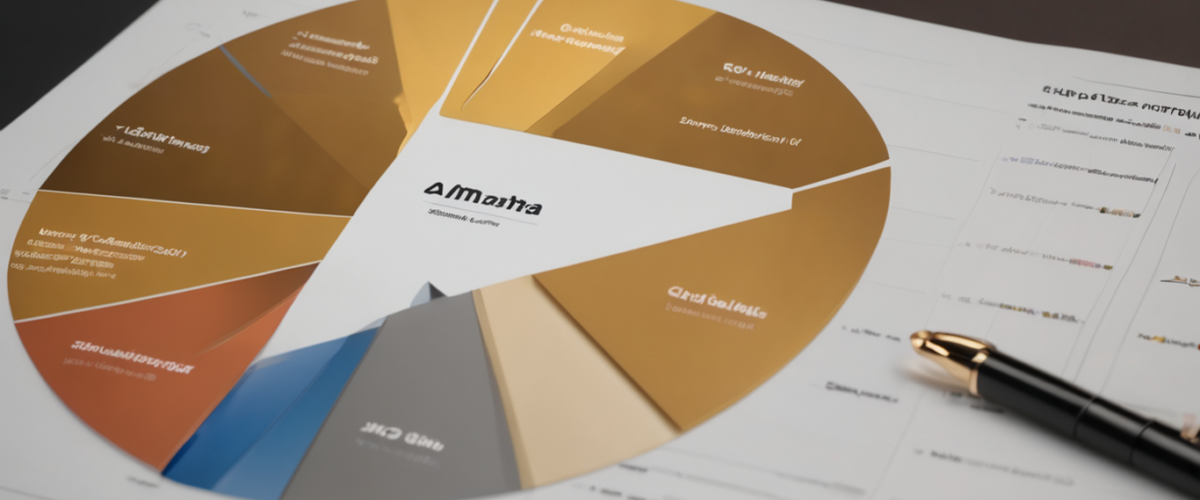Investing in gold ETFs is a popular choice for many investors looking to diversify their portfolio and hedge against market volatility. However, as with any investment, there are risks to consider. One of the key risks associated with investing in gold ETFs is counterparty risk. In this article, we will delve into the concept of counterparty risk and how it relates to investing in gold ETFs. We will also explore strategies for mitigating this risk and ensuring a successful investment journey. So, if you are considering investing in gold ETFs, read on to gain a deeper understanding of counterparty risk and how to navigate it in your portfolio.
When it comes to investing in gold ETFs, counterparty risk is a crucial factor to consider. But what exactly is counterparty risk? In simple terms, it refers to the possibility that one party in a financial transaction may fail to fulfill their obligations, leaving the other party with losses.
So how does counterparty risk relate to investing in gold ETFs? Let’s take a closer look.
One way counterparty risk can impact gold ETFs is through the bankruptcy of the ETF issuer. This can occur if the issuer is unable to meet its financial obligations and declares bankruptcy. In such a scenario, the value of the ETF could be significantly affected, potentially resulting in losses for investors.
In addition, if the gold ETF holds physical gold, there is a risk that the custodian may not have enough physical gold to cover all investors’ shares in the event of a crisis. This means that if a large number of investors were to demand their share of physical gold, there may not be enough available, leading to potential delays or losses for investors.
It’s important for investors to research and understand the counterparty risk associated with their chosen gold ETF before investing. This includes researching the financial stability and track record of the ETF issuer as well as the custodian responsible for holding the physical gold.
While counterparty risk is a potential concern for any investment, it’s important to note that gold ETFs still offer many benefits for investors. These include low fees, ease of trading, and exposure to the price movements of gold without actually owning physical gold.
In conclusion, when considering investing in gold ETFs, it’s crucial to understand the potential risks and rewards associated with this popular investment option. Make sure to thoroughly research and assess the counterparty risk involved before making any investment decisions.
Diversifying Investments
One way to mitigate counterparty risk is to diversify your investments. Consider investing in multiple gold ETFs from different issuers to spread out your risk.
Keeping an Eye on the Market
The gold market is constantly changing, and it’s important for investors to stay informed about any potential risks that may arise. Regularly monitoring the market and staying updated on any news or developments can help investors make informed decisions about their gold ETF investments.
Evaluating the Issuer and Custodian
Before investing in a gold ETF, it’s important to research the issuer and custodian. Look at their financial stability and track record to assess potential counterparty risk. It’s essential to evaluate the issuer and custodian of a gold ETF in order to understand the level of counterparty risk involved. This can be done by examining their financial stability and track record. Make sure to look into their past performance and any potential red flags that may indicate a higher risk of default. By carefully evaluating the issuer and custodian, investors can make informed decisions about the level of counterparty risk they are comfortable taking on when investing in gold ETFs.
Understanding Different Types of Gold ETFs
Investors should familiarize themselves with the various types of gold ETFs available and how they may differ in terms of counterparty risk.
Gold ETFs, or exchange-traded funds, are a popular way to invest in gold without having to physically own the metal. These funds hold gold assets and trade on stock exchanges, making them easily accessible for investors.
There are several types of gold ETFs, each with their own unique characteristics and levels of counterparty risk. One type is physically backed ETFs, which hold actual gold bars and coins. These funds tend to have lower counterparty risk as they are backed by the physical metal.
On the other hand, there are synthetic ETFs which do not hold physical gold but rather use financial instruments such as derivatives to track the price of gold. These funds may have a higher counterparty risk as they rely on the performance of the underlying assets.
Additionally, investors should also be aware of leveraged and inverse ETFs, which use borrowed funds and complex strategies to amplify returns. While these types of ETFs can offer higher potential gains, they also come with increased counterparty risk.
It’s important for investors to thoroughly research and understand the different types of gold ETFs available before making any investment decisions. By being knowledgeable about the potential risks associated with each type, investors can make informed choices that align with their risk tolerance and investment goals.
Investing in gold ETFs can be a great way for beginners to enter the market and diversify their portfolio. However, it’s important to understand the potential risks associated with these investments, particularly counterparty risk. By researching and evaluating different gold ETFs and staying informed about the market, investors can make smart decisions to mitigate this risk and potentially see rewards in their investments.



